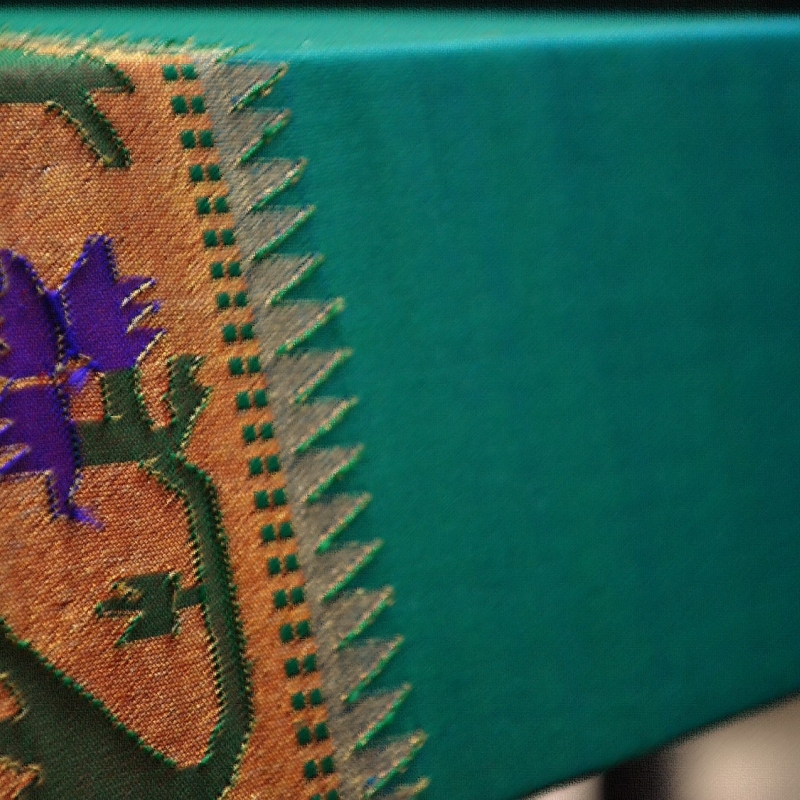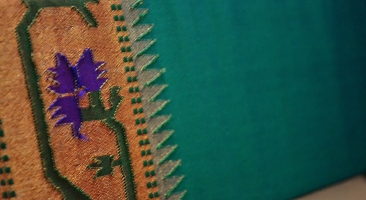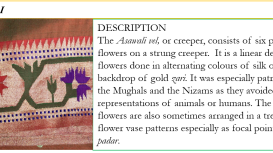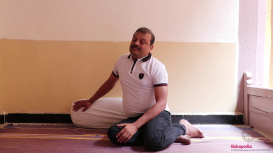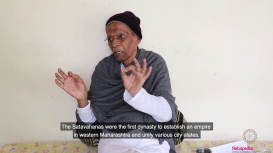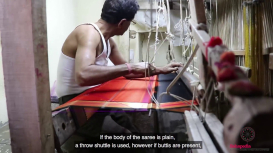The Paithani saree derives its name from Paithan, the town which has been producing these exquisite sarees for about 2,000 years now. A silk saree with gold zariwork, it is identified by its typical motifs and borders. It enjoyed the patronage of the Peshwas and the Nizam and was considered a royal fabric under the Chalukyas and Rashtrakutas. It has been an essential part of the bridal trousseau in Maharashtra. The flourishing handloom industry of Paithan in the 17th and 18th century enabled distinctive architecture and urban patterns to evolve based on the communities of weavers, goldsmiths and traders. However, the high cost of materials as well as the time and effort required for weaving caused its decline in the 20th century. This module is an attempt to document the history, patronage and present status of the Paithani and its weavers.
